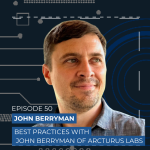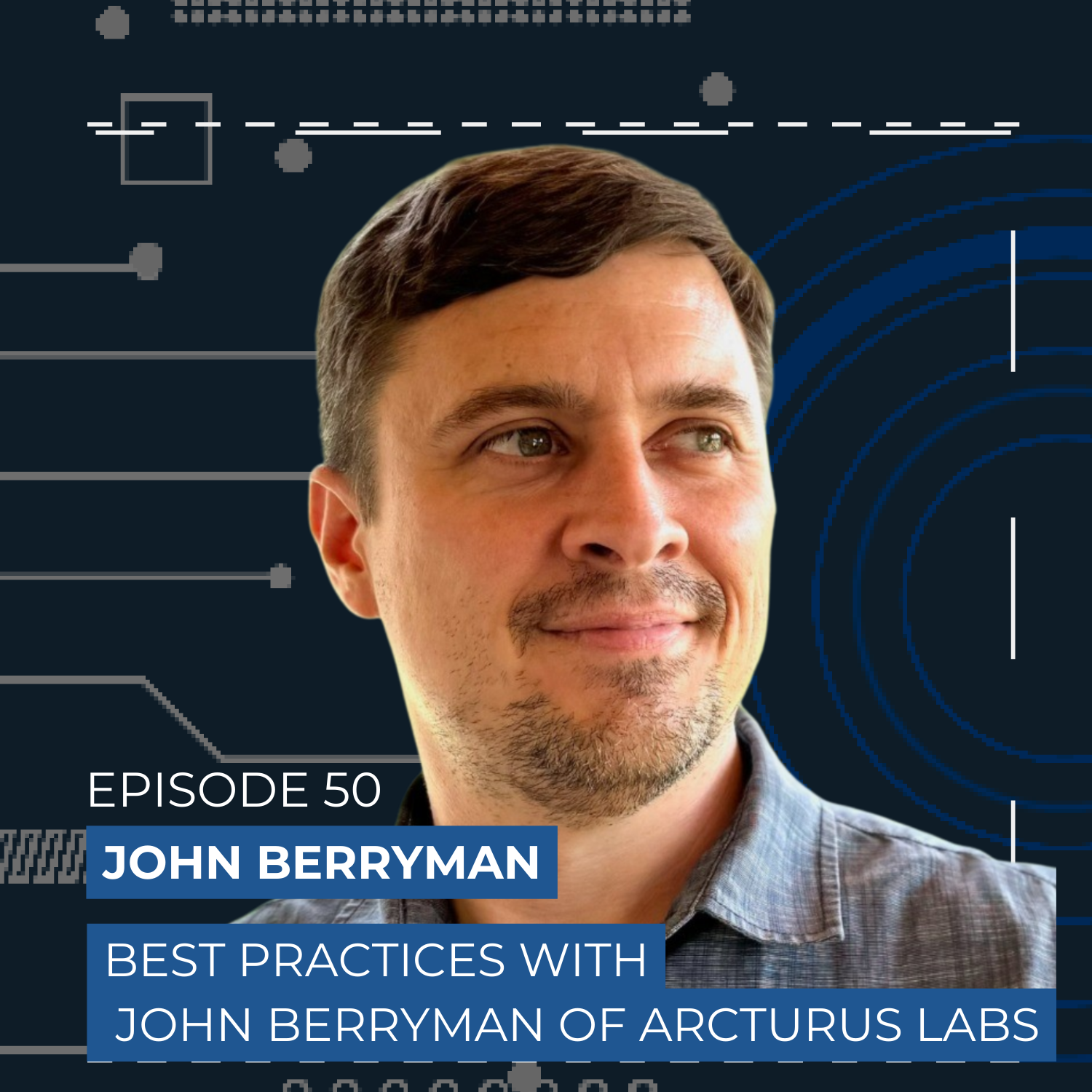
Episode Summary
LLMs are bringing so much to the table right now, with the potential to solve complex problems and automate tasks like never before. But getting the most out of these models requires new skills. And today, we’ve got just the expert to help you do that!
Meet John Berryman, a true leader in the field of LLMs. He is the Founder and Principal Consultant at Arcturus Labs, where he consults on LLM application development and is a specialist in prompt engineering. Before founding Arcturus, he was a senior machine learning researcher at GitHub, where he played a pivotal role in developing both the Copilot code completions product and the chat product. His most recent book is titled Prompt Engineering for LLMs: The Art and Science of Building Large Language Model–Based Applications.
In this episode of Scaling Tech, Arin and John dive deep into prompt engineering for LLMs. John shares practical techniques for best communicating with LLMs, making efficient prompts, and ultimately building LLM-powered applications.
Ready to level up your understanding of LLMs and prompt engineering? Don’t miss this episode!
About Guest:
Name: John Berryman
What he does: He’s a Consultant in Large Language Model Application Development.
Company: Arcturus Labs
Where to find John: LinkedIn
Key Insights
⚡AI is moving towards more agency. As tech advances, language learning models are more autonomous and can perform tasks on behalf of the user. However, it still requires human involvement in the process. John explains, “What we’re kind of getting at the extreme of this is something that people are calling agency. Now, agency is another one of those terms. It’s going to be another one of those terms for a while. It’s kind of a buzzword. And when everyone says that, they have a different thing in mind. But when I think of agency with the technology we currently have on hand, I’m thinking about something that is allowing these language models to take multiple steps and do things on the behalf of the user but, at this poin,t still very much incorporates the user into the process.”
⚡Context is key for unlocking the full potential of AI models. As these models become more sophisticated, the importance of providing clear, structured context only increases. John explains, “It is completely expected that if you add more and more stuff, you’re not only going to saturate, it’s going to keep increasing in cost, but the amount of benefit that you provide is going to plateau. These models are doing better and better for more context. But empathy again. They’re quite a bit like humans. You give it so much stuff, and they end up having more and more trouble picking out the important stuff because you said, ‘Here’s everything that might be useful, solve this problem, I’m going to lunch.’ So crafting a good context is important for getting the most of these models efficiently, low latency and low cost.”
⚡How to get better results from AI models? The more detailed approach with AI, the better. John suggests approaching it like you would a human—providing well-structured, chunked information for the best results. He says, “If you’re trying to transition from the user’s understanding of the problem space to the model’s understanding of the problem space, which is text and content like that, then the first step you do is retrieve the context. So our exercise in the book here is just lay out in front of you, maybe you can do it like the yellow post-it notes, every possible thing that might be of benefit for considering the answer to this problem. Think through it as if you’re instructing a junior coworker. How would you solve the problem? You can sort of treat them like humans.”

